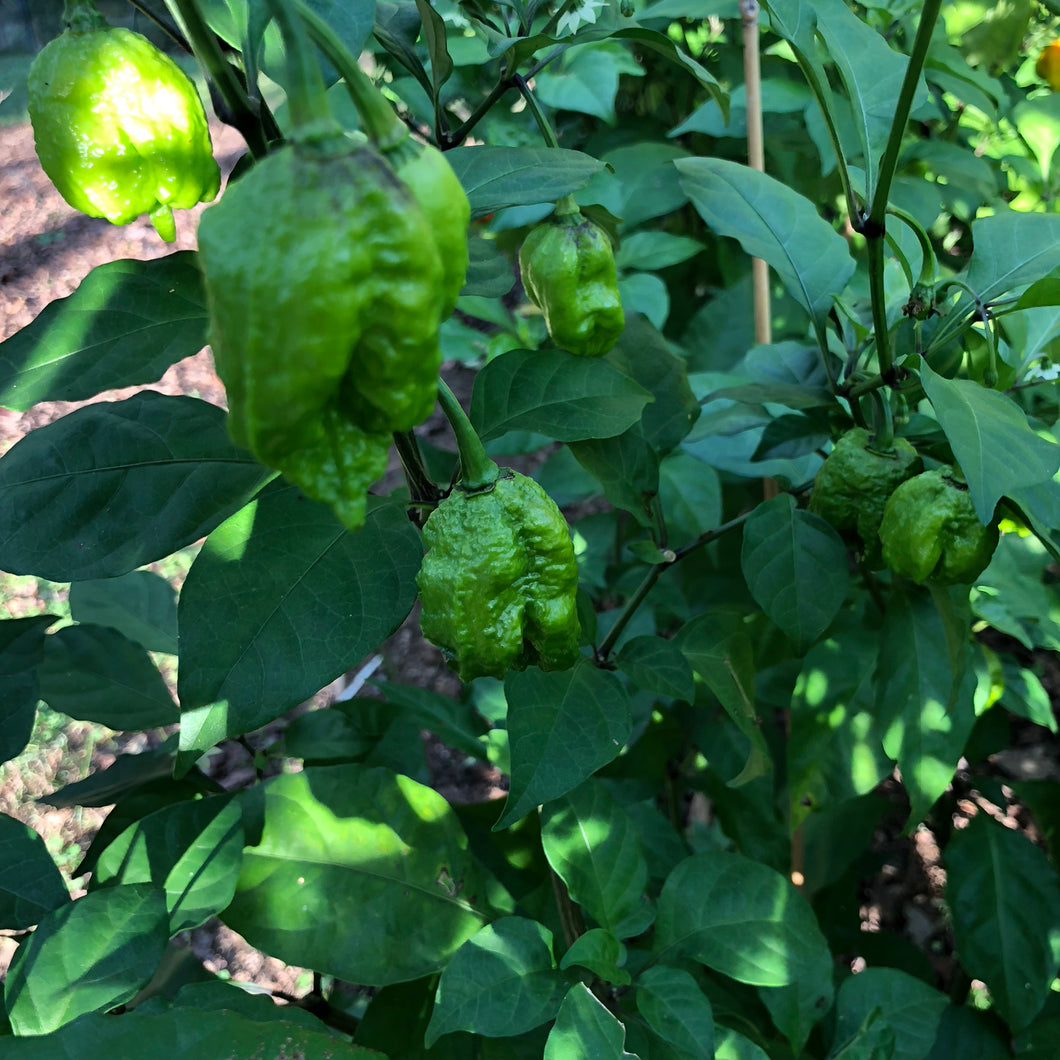
- CAROLINA REAPER PEPPER PRICE SKIN
- CAROLINA REAPER PEPPER PRICE FULL
- CAROLINA REAPER PEPPER PRICE TRIAL
Reapers grow best in soils with a pH around 6.5. In someĬases, it may be a long journey form South Carolina in a dark box soĪcclimating your Reaper plants will help them get a healthy start. Openīox upon arrival, unwrap plants and accumulate plant for a few days. Online pepper plants like the Carolina Reaper from Piedmont Farm Garden.
CAROLINA REAPER PEPPER PRICE FULL
Reaper grow best in full sun and with day temperatures at least 70 F and night


The Carolina Reaper plant will produce between 20 toįully grown and sometime up to 45 or more. Even though the Carolina Reaper is slow to produce when it does it isĪ fairly heavy producer. Short growing season the plants can be more easily protected from frost or cold So, with this slow producing pepper plant if you live in a area with a That the Carolina Reaper plant grows slow and takes quite some time to produce One of the advantages to growing in a container is Growers of this extremely super-hot pepper like best growing it in a container Growing The Extremely Hot Carolina Reaper Pepper Plant.Ĭarolina Reaper plant can be grown both in a container or in the ground. The Carolina Reaper plant can grow to a height over 4 The Carolina Reaper pepper has a nice fruity flavor similar to other super hot pepper such as the 7 Pot. The beginning like Nagas but are very productive later in the season. This extremely super hot Reaper pepper with a world's hottest pepper record rates at an average of 1,569,300 Scoville Heat Units (SHU). Smith is currently awaiting confirmation from Guinness that he's officially overtaken the reaper, according to the BBC.Buy online the world's hottest pepper the Carolina Reaper.īuy online the Carolina Reaper pepper the hottest peppers in the world declared by the Guinness World Records Hottest Chili in 2003 as listed in Wickipedia. "It could cause anaphylactic shock in some people." "We have had a caution from the University," Smith said. Though, Smith alleges the effects could be even worse than that. With a Scoville rating this high, it could cause a seriously upset stomach and make an alarming exit from your body. Their mouth went numb for two days according to Smith. No one has attempted to swallow the pepper yet, but someone took a bite without swallowing. He also notes it could be a cheap alternative to expensive anesthetics in developing countries.
CAROLINA REAPER PEPPER PRICE SKIN
"This was developed because a lot of people are allergic to anesthetic, and this can be applied to the skin because it is so strong it numbs it," Smith told the Daily Post. Oils from the tiny pepper are so potent it can be used as an anesthetic.

Smith says the intended usage will, in fact, be medical.
CAROLINA REAPER PEPPER PRICE TRIAL
Dragon's breath was "born out of a trial of new plant food developed by Nottingham Trent University which aims to increase the quality and resistance of plants," according to the BBC. The chili pepper wasn't developed to be eaten in some kind of sadistic horticultural prank. However, calling it useless would be hyperbolic. Aside from some idiot on YouTube who is definitely going to try it, there's really no reason to put this in your body. If dragon's breath truly has a Scoville rating of 2.48 million, it's basically not food. Don't believe it? Ask this person or this couple or these people or these guys or these girls who looked like they were going to die. The Carolina reaper was already so spicy it reduced mortals to tears. (Tabasco sauce rates between 2,500 and 5,000 on the Scoville Scale.) That's almost one million units higher than a Carolina reaper, which has an average of 1.57 million. He says dragon's breath clocks in with a Scoville rating of 2.48 million. In fact, dragon's breath is so intense it could kill you, according to its St. That's far hotter than the revered Carolina reaper, which is the current Guinness World Record-holder for hottest chili pepper. Its creator expects it to be crowned the world's hottest pepper.


 0 kommentar(er)
0 kommentar(er)
